The 1970s were a time of culinary exploration, with many foods we now consider questionable being everyday staples. From vividly colored margarine to canned goods sealed with potentially harmful substances, it was an era where convenience often trumped health concerns. Many of these foods, once common in households across America, have since been banned or heavily regulated due to health and safety issues. Today, we’ll take a nostalgic yet eye-opening journey through 16 such foods that were totally normal back then but are now either banned or frowned upon. Join us as we explore the quirky and sometimes unsettling food trends of the 1970s.
Colored Margarine (Dyed Pink or Yellow)

In the vibrant kitchens of the 1970s, margarine was often a bold canvas of color. Dyed in shades of pink or yellow, it stood out on tables, mimicking butter in appearance but not in taste. These artificial colors weren’t just for show; they served a purpose. Margarine needed to be distinct from butter due to legal and marketing reasons, leading to this colorful deception. However, the neon hues were not always safe. Many of the dyes used then have since been banned for being toxic or misleading. The playful colors hid a less appetizing truth, reflecting the era’s cavalier attitude towards food safety.
Artificially Colored Jell-O (With Red Dye #2)
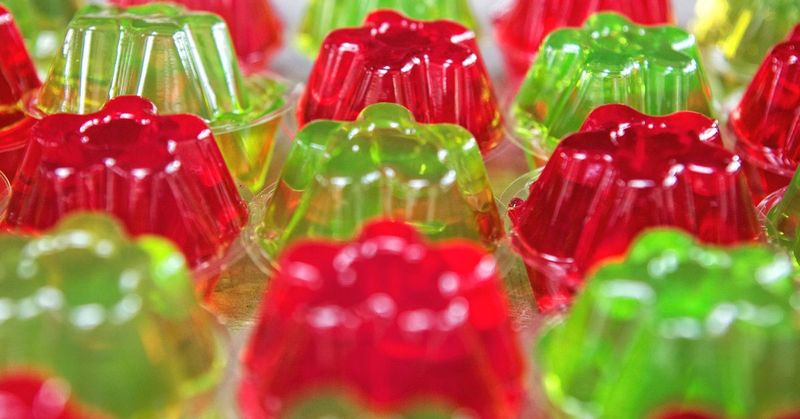
Jell-O, the wobbly dessert delight of the 1970s, often came adorned with the rich hue of Red Dye #2. This dye was a favorite for its vibrant appeal, making desserts pop with color. Families enjoyed these jiggly treats, oblivious to the health concerns simmering beneath the surface. In 1976, studies linked Red Dye #2 to cancer in animal studies, leading to its ban. This vibrant colorant, once a staple in gelatin desserts, became a symbol of the era’s disregard for potential health risks. The cheerful red, full of life at parties, masked a more sinister side that led to its downfall.
Saccharin-Sweetened Products

The sweet allure of saccharin captivated the 1970s diet-conscious crowd. As a sugar substitute, it promised guilt-free indulgence in sodas and snacks. However, sweetness came with a bitter aftertaste. Concerns rose when studies suggested saccharin might be carcinogenic. Countries started banning it or insisted on warning labels. Despite its re-approval in the U.S., it left a legacy of cautionary tales. These foods, marketed as a health-friendly alternative, reflected the era’s experimental spirit with sweeteners. The saccharin saga highlighted the delicate balance between innovation and safety, teaching consumers to question the true cost of their dietary choices.
Lead-Soldered Canned Foods
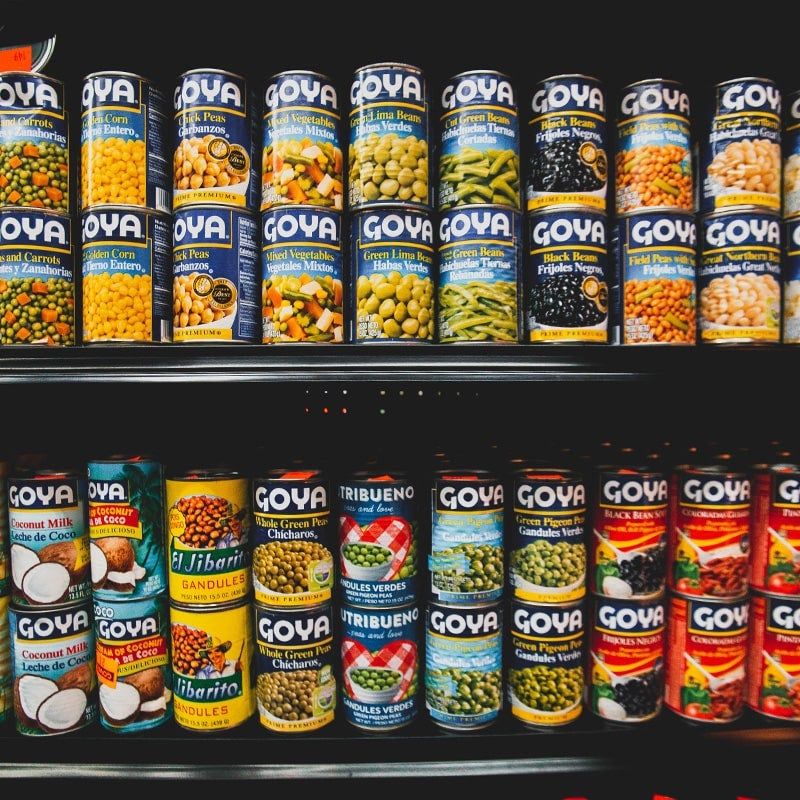
In the fast-paced kitchens of the 1970s, convenience was king. Canned goods, sealed with lead solder, were a pantry staple, promising easy meals for busy families. However, this convenience carried a hidden danger. Lead soldering posed long-term poisoning risks, slowly leaching into the food. Concerns grew, and by 1995, the U.S. banned this practice, recognizing the serious health implications. The once-common cans became relics of a time when safety often took a backseat to ease. Today, they serve as a reminder of the importance of scrutinizing food packaging, a lesson learned from an era of culinary shortcuts.
Cyclamate-Sweetened Drinks

Cyclamate, the sweet sensation of the 1960s, lingered into the 1970s despite controversy. Found in sodas and diet foods, it was a popular choice for those seeking fewer calories. Yet, sweet nothings turned into health warnings when studies linked cyclamate to cancer in animals. The U.S. banned it in 1969, but it continued to bubble up in other countries. This sweetener saga was a wake-up call, highlighting the need for rigorous testing of food additives. Cyclamate’s tale from darling to outcast underscores the era’s evolving understanding of food safety, shaping future regulations around artificial sweeteners.
Raw Milk (Unpasteurized)

Raw milk, fresh from the cow, was once a staple in households across America. Valued for its rich taste and natural nutrients, it was a delight for those who enjoyed it unpasteurized. Yet, this untreated indulgence came with risks. Bacterial contamination, leading to illnesses like E. coli and listeria, prompted a reevaluation. Stricter bans emerged to protect public health, though some states still allow its sale. The raw milk debate reflects the ongoing tension between tradition and modern safety standards. While some pine for its fresh taste, its potential hazards remind us of the importance of pasteurization in food safety today.
Brominated Vegetable Oil (BVO) in Sodas

The fizz and flavor of citrus sodas in the 1970s were brought to life by Brominated Vegetable Oil (BVO). Used to keep flavors evenly distributed, BVO was a common ingredient in these refreshing drinks. It added a certain zest that delighted the palate, yet came with unsettling health concerns. Links to thyroid and nervous system damage stirred controversy, leading to bans in Europe and recent phase-outs in the U.S. The tale of BVO highlights the hidden complexities in seemingly simple pleasures, reminding consumers to look beyond the bubbles and question the safety of what quenches their thirst.
Trans Fats (Partially Hydrogenated Oils)
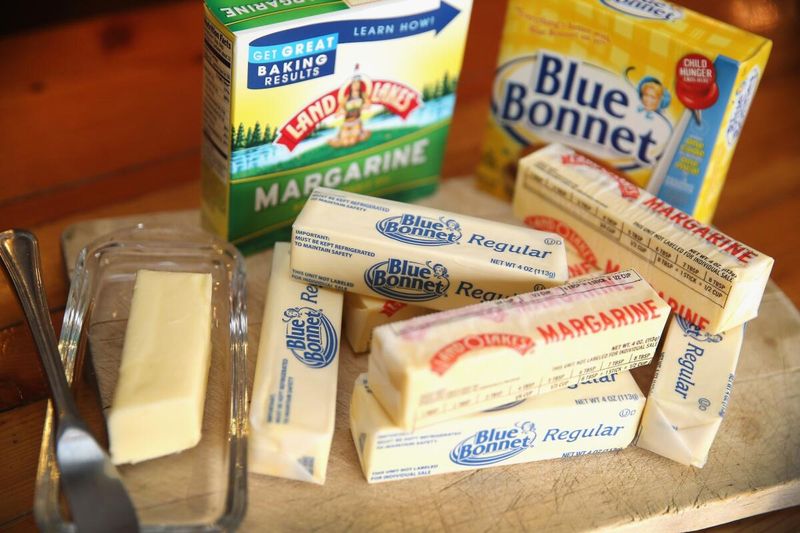
In the 1970s, trans fats were the unsung heroes of convenience foods. Found in baked goods, microwave popcorn, and more, they promised longer shelf life and irresistible texture. Yet, beneath their golden crust lay a darker story. Linked to heart disease, trans fats were eventually phased out, with bans beginning in the 2000s. Their widespread use in the 70s reflected an era of industrial innovation, where health often played second fiddle to convenience. The decline of trans fats marks a significant shift in food production priorities, emphasizing a move towards healthier alternatives that respect both consumer well-being and taste.
Pink Slime (Lean Finely Textured Beef)

In the realm of 1970s meat processing, few innovations were as controversial as pink slime. Lean Finely Textured Beef, treated with ammonia, was an economical filler in school lunches and ground beef. Its presence went largely unnoticed until public backlash brought its unappetizing name to light. Health concerns and consumer disgust led to bans or severe reductions in its use. The pink slime episode exemplifies the era’s industrial approach to food processing, where efficiency often superseded transparency. Its legacy persists today, reminding us of the importance of understanding what goes into our food and the processes behind it.
Artificially Colored Cereal (with Banned Dyes)

Breakfast in the 1970s was a colorful affair, with cereals like Froot Loops and Trix leading the charge. These vibrant cereals, bursting with artificial colors, made mornings bright. Yet, the dyes used, such as Red #2 and Yellow #5, carried health concerns. Many countries banned or restricted these dyes, sparking debates on food safety. While children adored the rainbow hues, parents began questioning the impact of these additives. The story of artificially colored cereals reflects a broader shift towards scrutinizing food ingredients, driving changes in how manufacturers approach the aesthetics and safety of the foods they market to families.
Potassium Bromate in Bread

In the ovens of the 1970s, potassium bromate was a baker’s ally. It made dough rise higher and bread whiter, delivering the perfect loaf. However, this chemical came with a health warning. Studies linked it to cancer, prompting bans in the EU and Canada. Its use in the U.S. persisted until recent reformulations prioritized consumer safety. The potassium bromate story is a testament to the evolving understanding of food additives and their implications. It highlights the delicate balance between achieving culinary perfection and ensuring food safety, a lesson learned from an era of bold experimentation in baking.
Spray Cheese With Sodium Nitrate
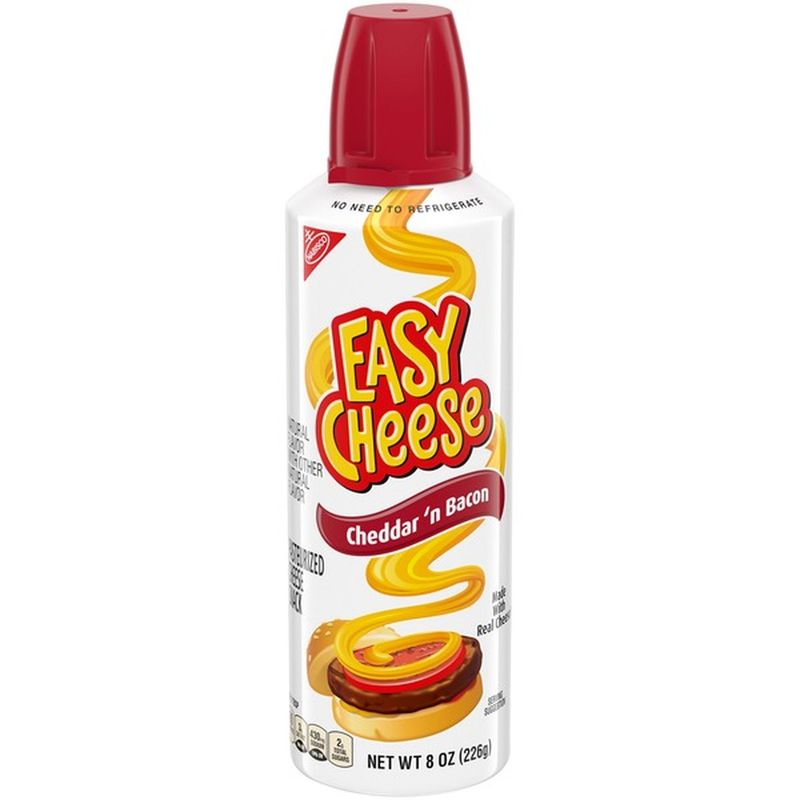
Spray cheese, the quintessential 1970s snack, was a marvel of convenience. Its creamy texture and easy application made it a party favorite. Yet, hidden within its cheesy allure was sodium nitrate, an additive linked to cancer. This revelation led to stricter regulations, transforming the way processed foods are evaluated. The era’s love affair with spray cheese reflects a broader trend of valuing convenience over health. Today, it serves as a cheesy reminder of the importance of scrutinizing food additives. The transition from indulgence to vigilance marks a pivotal point in understanding the long-term impacts of our snacking habits.
Canned Baby Food with Lead Solder or Additives

Feeding the littlest ones in the 1970s came with unexpected risks. Canned baby food often contained questionable preservatives or was sealed with lead solder, posing serious health threats. Parents unknowingly trusted these products, only to later confront the dangers they presented. The eventual ban on such practices highlighted the critical need for stringent safety measures in baby food production. This chapter in food history underscores the importance of protecting vulnerable consumers and ensuring transparency in food manufacturing. The legacy of lead-soldered baby food jars reminds us of the ongoing journey towards safer, healthier options for future generations.
Artificial Whipped Toppings (With Banned Propellants)
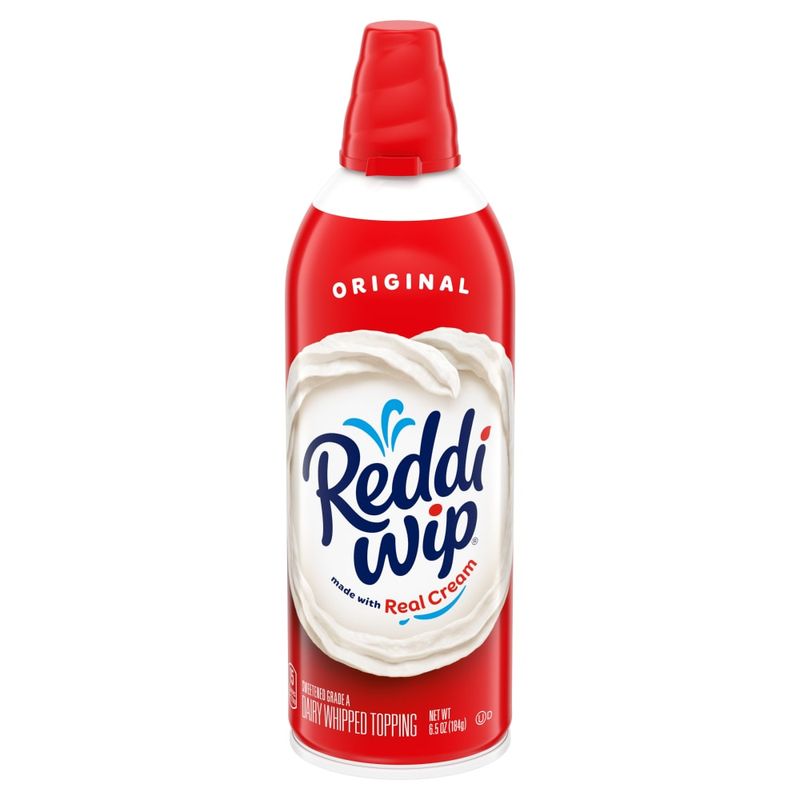
In the 1970s, whipped toppings were a staple on desserts, adding a fluffy finish to pies and cakes. The cans, however, contained propellants now banned for their ozone-depleting effects and health risks. These toppings, once a symbol of ease and indulgence, became a focal point for environmental and health advocacy. The shift away from these harmful propellants marked a growing awareness of broader ecological impacts. This transformation from convenience to conscientiousness reflects the complexities of balancing consumer desires with sustainability. The legacy of these whipped toppings serves as a sweet reminder of the interconnectedness of food practices and environmental health.
Alar-Treated Apples
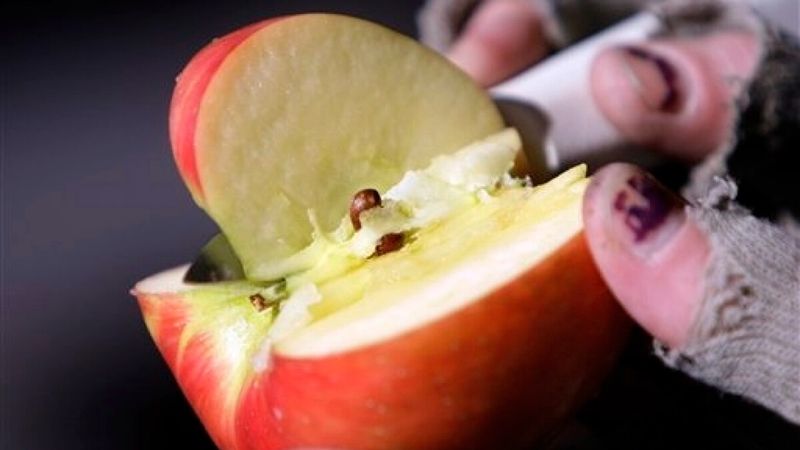
In the orchards of the 1970s, Alar was the secret to perfect apples. This growth regulator, later classified as a probable carcinogen, was used to enhance appearance and shelf life. Its eventual ban in 1989 marked a significant shift in agricultural practices. The Alar controversy underscored the importance of evaluating chemical use in food production, driving changes in how farmers approach crop enhancement. These apples, once symbols of freshness, became a catalyst for broader discussions on food safety. The Alar story is a poignant reminder of the ongoing effort to balance agricultural innovation with consumer health and environmental stewardship.
Foie Gras (Banned in Some U.S. States)

While foie gras wasn’t federally banned in the U.S., it was more freely available in the 1970s. This delicacy, renowned for its rich flavor, faced growing ethical concerns over animal cruelty. Bans in places like California and New York reflect a shift towards more humane culinary practices. The debate around foie gras serves as a microcosm of broader ethical considerations in gastronomy. Its presence on 1970s menus highlights an era of indulgence and luxury, now tempered by modern sensibilities. The foie gras discussion continues to evolve, offering insights into the dynamic relationship between culinary tradition and ethical responsibility.

Comments
Loading…